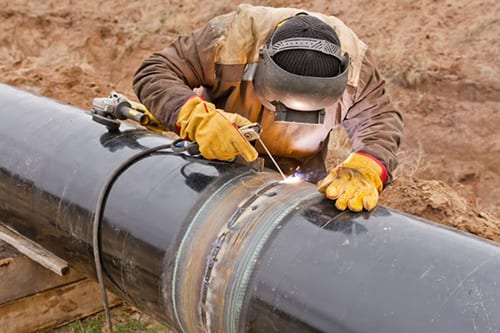 On Oct. 1, the Pipeline and Hazardous Materials Safety Administration (PHMSA) published the “Mega rule,” which is designed to help reduce spills, deadly gas explosions and greenhouse gas emissions involving pipeline infrastructure.
On Oct. 1, the Pipeline and Hazardous Materials Safety Administration (PHMSA) published the “Mega rule,” which is designed to help reduce spills, deadly gas explosions and greenhouse gas emissions involving pipeline infrastructure.
The new rule applies to more than 500,000 miles of pipelines that carry natural gas, oil and other hazardous materials throughout the country.
How the rule affects industry professionals
The Mega rule, which requires pipeline operators to update incomplete pipeline records dating as far back as the 1940s, is split into a few parts:
- It requires gas transmission operators – especially those who work with pipelines that were constructed before 1970 – to determine the material strength of their lines by reconfirming the maximum allowable operating pressure (MAOP). Additionally, the rule includes updated reporting and records retention standards for gas transmission pipelines.
- From a hazardous liquid standpoint, the rule encourages operators to make better use of all available data to understand pipeline safety threats. It also includes leak detection requirements for non-gathering hazardous liquid pipelines and requires operators to inspect affected pipelines following an extreme weather event.
- In regard to enhanced emergency order procedures, the final rule imposes emergency restrictions, prohibitions and other safety measures on owners and operators of gas or hazardous liquid pipeline facilities.
History of the Mega rule
Significant growth in the nation’s production, usage and commercialization of natural gas has placed unprecedented demands on pipeline infrastructure for years. The Mega rule was created to help ensure the safety of workers, communities and the environment surrounding pipelines.
Additionally, the Mega rule is in response to large oil spills, such as those involving Michigan’s Kalamazoo River in 2010 and the Yellowstone River in Montana in 2011 and 2015.
Related posts
Oil and gas PPE standard practices address industry safety hazards
16 natural gas services and solutions for every transmission, distribution system